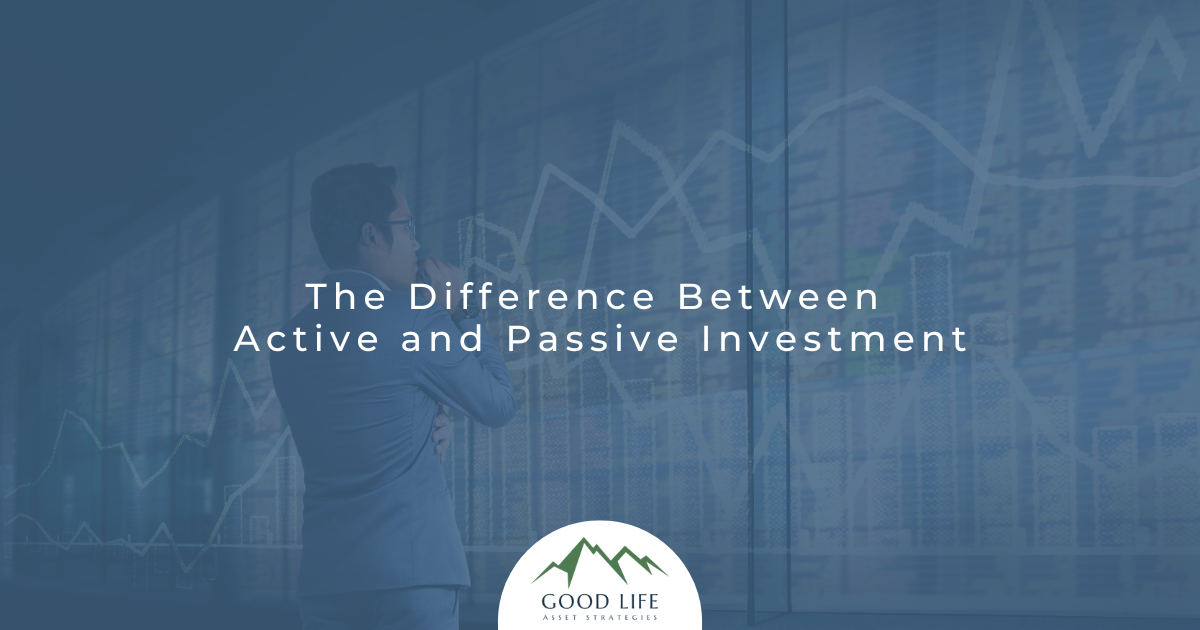- 817-864-8560
- justin@g-las.com
- Mon - Fri: 9:00am - 5:00pm

Welcome to the third installment in our series on the jargon used by financial advisors and investment professionals. Now that we have covered the basics of investing and the two main types of investors, institutional and retail, let’s delve into the different approaches: active and passive investment.
Active investing involves a hands-on approach to managing investments. It typically involves an investor actively buying and selling securities in an attempt to beat the market and generate higher returns. Active investors rely heavily on technical analysis (a topic for another day) to try to time their investment decisions. They have no problem trading in and out of stocks quickly, even same day in some instances. By actively trading, investors attempt to minimize losses that inevitably come with investing.
Passive investment strategies seek to match the returns of a market index rather than outperform it. Passive investors may invest in individual stocks but tend to like index funds, mutual funds, or exchange-traded funds (ETFs) to gain exposure to a broad range of securities. They tend to use fundamental analysis (another topic we will get to) in their investment decisions and don’t try to time their investments. By investing in a diversified portfolio of securities, passive investors aim to minimize risk and benefit from long-term market growth.
Think of the active investor more as the hyper, type A personality and the passive investor as the relaxed party animal, worried about nothing. The nerd vs. the hippie.
There is an ongoing debate in the investment community about which approach is superior. Active investors argue that their research and analysis enable them to outperform the market and generate higher returns. Passive investors, on the other hand, argue that active investing is expensive and rarely beats the market over the long-term.
One advantage of active investing is the potential for higher returns, but this comes with higher risks and expenses. Passive investing, on the other hand, may offer lower fees and less risk, but it may not provide the same potential for high returns.
Using one or both strategies comes down to your personal situation and preferences.
Ultimately, the decision to use an active or passive investment approach depends on your own personal investment goals, risk tolerance, and preferences. We don’t take sides, using both approaches, depending on a client’s circumstances and needs, and we have many clients who use both in separate accounts. So, do your research and understand the potential risks and rewards associated with each approach before making any investment decisions.
If you want to know more about all things financial, or aren’t happy with your portfolio and would like some help or at least an unbiased opinion, feel free to reach out for a free, no-obligation portfolio review.
The views expressed represent the opinion of Good Life Asset Strategies, LLC. The views are subject to change and are not intended as a forecast or guarantee of future results. This material is for informational purposes only. It does not constitute investment advice and is not intended as an endorsement of any specific investment. Stated information is derived from proprietary and nonproprietary sources that have not been independently verified for accuracy or completeness.